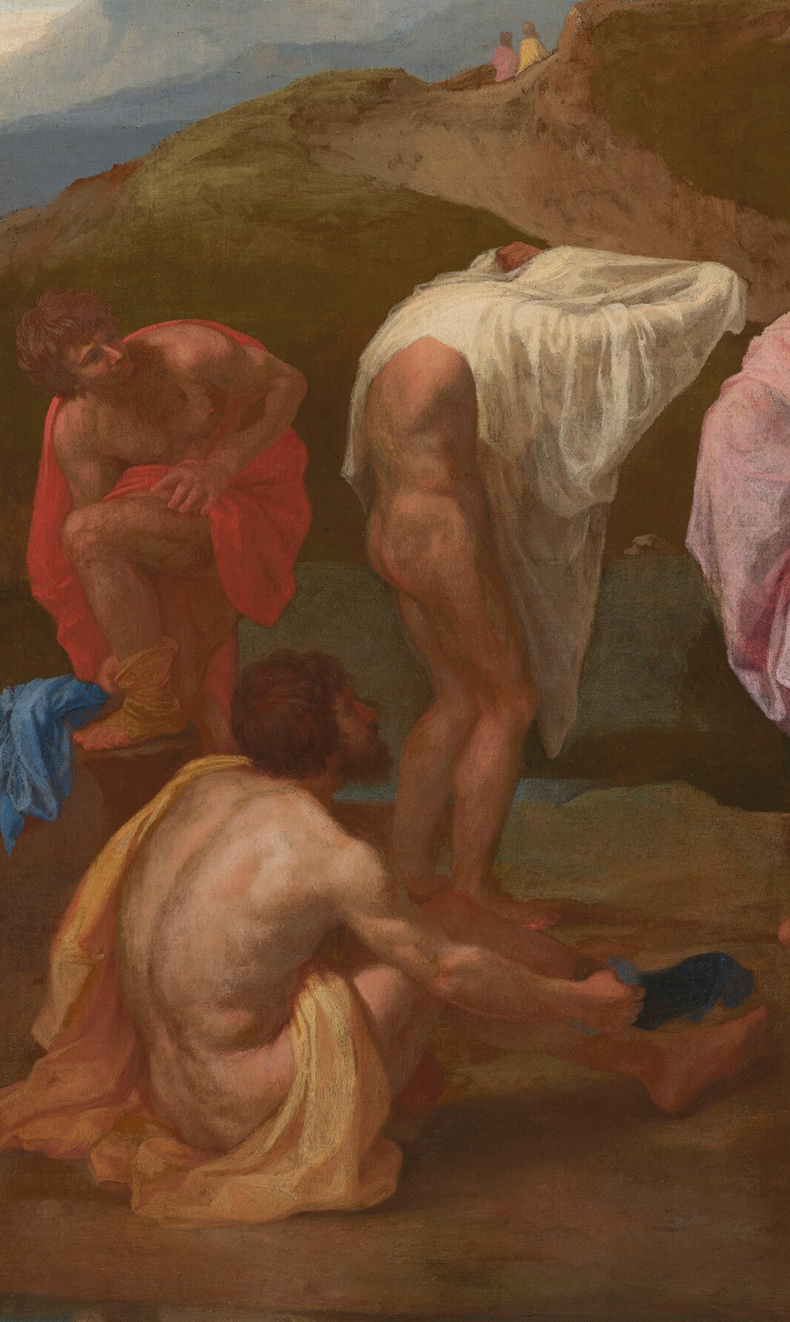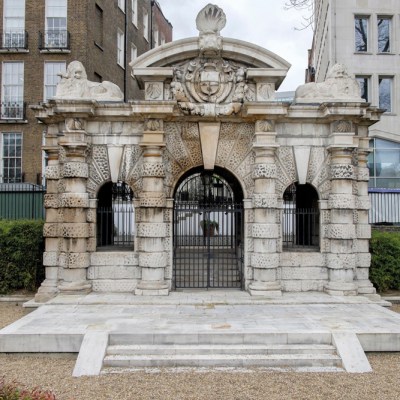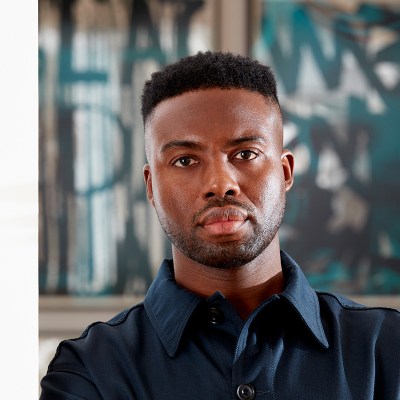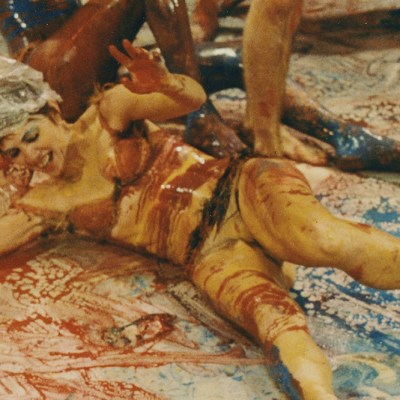From the October 2022 issue of Apollo. Preview and subscribe here.
‘What painter does not steal in some way?’ – Carlo Cesare Malvasia (1616–93)
A few years ago, I was at the National Gallery of Art in Washington, D.C., looking at The Baptism of Christ (1641–42) by Nicolas Poussin (1594–1665), from his first series of Seven Sacraments. Scanning the frieze-like composition, I was struck by the figure on the left of the canvas: a man pulling off his shirt, his head obscured by the folds of white fabric. I knew that figure well. He appears, flipped horizontally but in an identical pose, in Piero della Francesca’s (c. 1415/20–92) The Baptism of Christ (after 1437) in London’s National Gallery. Finding a palpable connection between two Old Masters that I adore hit me with a strange epiphanic delight.
It’s not surprising that Piero influenced Poussin, I thought, as I walked through the galleries, my insight put aside for another time. I’m a critic, not an art historian, so surely everyone knows that the Renaissance master of geometry and restraint would inflect Poussin’s early-modern classicism. When I decided to look for evidence of this obvious Poussin-Piero brotherhood (prompted by an article about Poussin’s bacchanals), I found none, or almost none, in the literature. In Anthony Blunt’s Poussin (1967/1995) there’s no mention of Piero, nor in any of the other major books about the artist. Then, at last, in Blunt’s The Paintings of Nicolas Poussin: A Critical Catalogue (1966) published alongside his landmark study, I found this seemingly offhand observation: ‘The man putting on or taking off his shirt is a figure which can be traced back in Italian art through Michelangelo’s Cascina cartoon to Piero della Francesca’s Baptism…’
Blunt’s claim sits in a backroom of art history, seemingly unexplored. While discussing Piero’s interest in ‘the science of optics’, Keith Christiansen refers to Poussin as Piero’s ‘alter ego’, but leaves it at that. I can’t find anyone who has investigated Piero’s influence on Poussin, or this catechumen figure that they share, or whether there was a mediating image at work here. A similarly undressing figure appears in a Baptism in the Vatican Loggias (Raphael’s studio, 1519), and Abraham Bloemaert riffed on this image in his Baptism (1595). The shirt-clutching catechumen was a familiar trope in the era. But there’s something more direct at work between Piero and Poussin – the folds of the shirt, the emphasis on the latissimus dorsi, the angle of the torso, the bend of the knees. The shared attitude of these two figures is vivid and irresistible.
The Baptism of Christ , (detail; c. 1641–42), Nicolas Poussin. National Gallery of Art, Washington, D.C.

Poussin used a similar figure in a few paintings, including four Baptisms. St John Baptizing in the River Jordan (c. 1630s), in the Getty, Los Angeles, features a figure on his knees at the far right of the canvas, bent forward, his shirt over his head. An almost identical figure appears again, sharply delineated, in left foreground of St John Baptises the People (also 1630s, perhaps later than the Getty picture) in the Louvre. In the Baptism for the second set of Seven Sacraments (c. mid 1640s), we see a standing man with a shirt draped over his arm, his head turned toward Christ (clearly derived, along with the man taking off his stocking, from the Cascina cartoon).
Poussin reintroduces the kneeling man in Orpheus and Eurydice (c. 1650–53): in the background, just above Orpheus’s lyre, he’s taking off his shirt at the shoreline, his image reflected in the water. In two late Baptisms (c. 1655), almost identical in composition, at the heart of each picture, a crouching man pulls a blue shirt over his head. A character in Poussin’s repertoire for 30 years, he deployed the undressing man when the occasion arose. Only in Washington’s Baptism does he stand up and pull a drooping tunic over his head, as if unloading a great burden.
Where did he come from? In the absence of evidence or precedent, let’s have some fun. Piero was not a significant force in baroque Rome – perhaps like Poussin today he was even dismissed as a stiff old fool, yet if I’m right Poussin quoted him. Did Poussin visit Sansepolcro, near the source of the Tiber, on his journey between Venice and Rome in the spring of 1624, see the Piero (at the time in the Camaldolese abbey) and bury the image in his imagination for a decade before he painted his first Baptism? Or maybe he visited or revisited Sansepolcro on his way to Paris in 1640, after he’d half-finished the painting. We know from his letters that he completed the painting in 1642, the figures of Jesus and angels the final touches. Did the catechumen join them? Or maybe Piero’s Baptism simply circulated as a print among artists of the era. Whatever the source, Poussin chose to depict a figure that expressed humility, vulnerability and a deep sense of interiority. At my freest, I see a painter removing his smock. In Piero’s man in the background, Poussin found a kindred spirit, bringing him back to life in his own picture.
From the October 2022 issue of Apollo. Preview and subscribe here.


